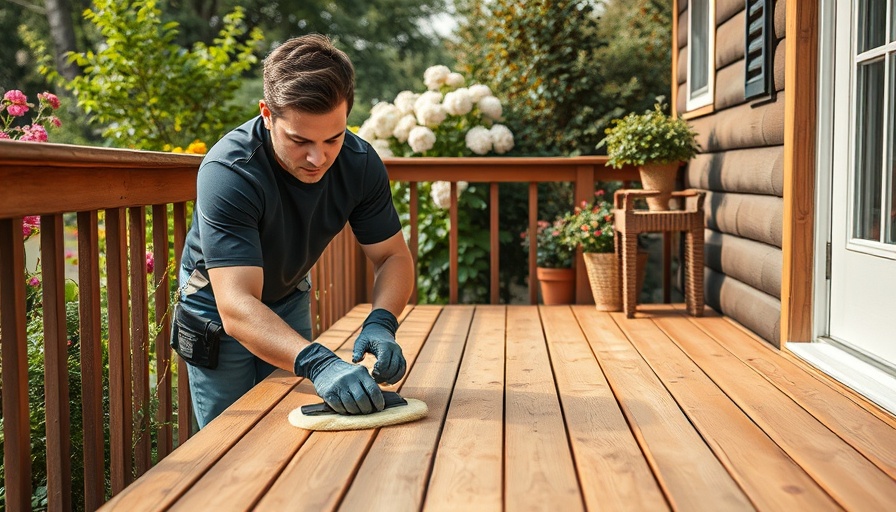
Beyond Aesthetics: The Importance of Home Maintenance
Your home serves as a sanctuary, a space for comfort, and an essential investment. To maintain the integrity of that investment, especially concerning the often-overlooked areas of your deck and interior spaces, a commitment to routine maintenance is paramount. Keeping up with deck and house maintenance not only enhances your daily living experience but significantly increases your property’s resale value. This guide delves into the best practices for maintaining the core areas of your home—from deck upkeep to interior care.
Connecting Interior Cleanliness with Exterior Maintenance
It’s common to separate the tasks of interior cleaning and exterior maintenance, but these areas are more intertwined than many realize. A well-kept deck can drastically improve curb appeal, crucial for those considering selling their home. Conversely, a clean living space promotes better air quality and prolongs the lifespan of your indoor belongings. Developing a consistent maintenance routine addresses minor issues before they escalate into costly repairs, allowing homeowners to focus on enjoyable tasks rather than emergency fixes.
Essential Deck Maintenance Practices
Your deck withstands the harshness of elements like sun and rain, which can deteriorate its condition if neglected. Inspections should be done regularly to check for soft or rotting wood and loose boards. Spring and fall are perfect times to evaluate any damage, ensuring that seasonal conditions don’t exacerbate existing issues.
Cleaning is equally significant. Regular sweeping and periodical deep cleaning using deck-safe solutions not only maintain the appearance of your deck but also enhance safety and stability. Sealing your deck every few years protects it from moisture damage, extending its life significantly. If the process seems daunting, consider hiring professionals for annual maintenance to ensure everything is up to standard.
Indoor Clean-Up: A Complementary Process
Maintaining the inside of your home should run parallel with outdoor efforts. Seasonal cleaning of air vents and corners can help reduce allergens and improve air quality, contributing positively to your family's health. Furthermore, building a habit of maintaining cleanliness can save you from engaging professionals for extensive mold remediation down the line.
Take Charge of Your Home Maintenance
Building a proactive home maintenance routine is beneficial and necessary for any homeowner looking to protect their investment and ensure a safe, healthy living environment. So grab your cleaning tools, perform regular inspections, and don’t wait until something breaks before addressing potential issues. With a little diligence, you can keep both your deck and your home in top shape, ensuring they serve you well for years to come.
 Add Row
Add Row  Add
Add 



Write A Comment